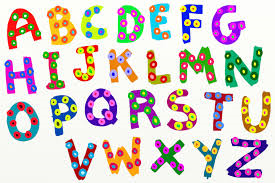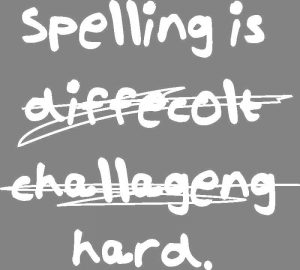by C. Elkins, OK Math and Reading Lady
Research supports the fact that explicit systematic phonics instruction is highly beneficial to students. In other words, phonics instruction should make up part of the daily reading routine . . . especially in primary classrooms. Here is Reading Rockets take on the Alphabetic Principle: “Alphabetic principle is the idea that letters and letter patterns represent the sounds of spoken language. It differs from oral language and phonemic awareness because it is introducing students to letters and incorporating what they have already learned (sounds). It is showing them that the sounds they have learned have letters and can all be put together.” Here’s some more info from RRockets on this subject: Alphabetic Principle
Phonics instruction starts with matching letters with sounds as well as naming the letter. Here is a summary I wrote regarding some fantastic research on alphabet learning (to change from the former letter-of-the-week method): Alphabet Letter / Sounds Research
- Some of the most significant parts of the research for me was the realization that saying the letter name results in a variety of added vowel sounds such as short e sounds /em/ = m; /ef/ = f; or sometimes a long a /kay/ = k; /jay/ = j; or sometimes long e /dee/ = d; /tee/ = t; or something all together different such as /aich/ = h; /double u/ = w.
- Sometimes the letter name is close to the sound assigned to it, and sometimes it’s not.
- The research provides some evidence that letter of the day instruction with 5 to 6 cycles of instruction was very beneficial. Each cycle had a different focus such as letters common in the students’ names, most frequently used letters, by the ways letters are formed, etc.
In my last post on phonemic awareness (see Reading Routines Part 4), I shared the progession from sound boxes to letter boxes and included a couple of good videos. These are very helpful with cvc words and other one syllable words. The goal in all of this is to move from letter-by-letter sounding out to continuous blending and chunking.
So what do explicit phonics instructional programs look like? Although not set in stone, there is usually a progression of skills that look similar to this:
- Letter and sound matching
- CVC with short vowel practice
- CVCe with long vowel practice
- Beginning consonant blends
- Beginning consonant digraphs
- Vowel pairs
- R controlled vowels
- Vowel diphthongs
- Multi-syllablic words
Starting in 2nd grade, the emphasis is more on the vowel patterns (such as different ways to spell the long a sound) as well as consonant combinations, both beginning and ending (such as ck, ng, str). Grades 3 and above focus on these as well, but improve and apply to multi-syllablic words. Most textbooks have a daily phonics lessons to help you keep your instructional explicit and systematic.
These are at the core of all phonics instructional programs: 
- Connecting phonics instruction to weekly spelling patterns and learning centers helps students practice a specific set of words and apply the skill to other similar words.
- Moving away from sounding out words letter-by-letter to try continuous blending and chunking (by looking for common parts or patterns)
- Using knowledge of one syllable words to apply to multi-syllablic words
- Relating known words to new words (often called an Analogy Strategy). Here is an example I used with a 5th grader recently who was trying to read the word “wren” in a portion of text. Obviously this bird species is not well known, and the context didn’t help her with the pronunciation. I just simply wrote the word “write” on my little white board because I was positive she knew it – and she recognized it immediately. Then I said, “Use what you know about this word (write) to help with the word in your text.” She was able to make the analogy quickly! I didn’t have to go into a phonics lesson on how to pronounce words with wr, etc.
Your phonics instruction is strengthened via fix-it strategies which are embedded in your day-to-day teaching situations (guided reading, etc.). Here is a link to my fix-it-strategies post: Decoding fix-it-strategies Continue reading
